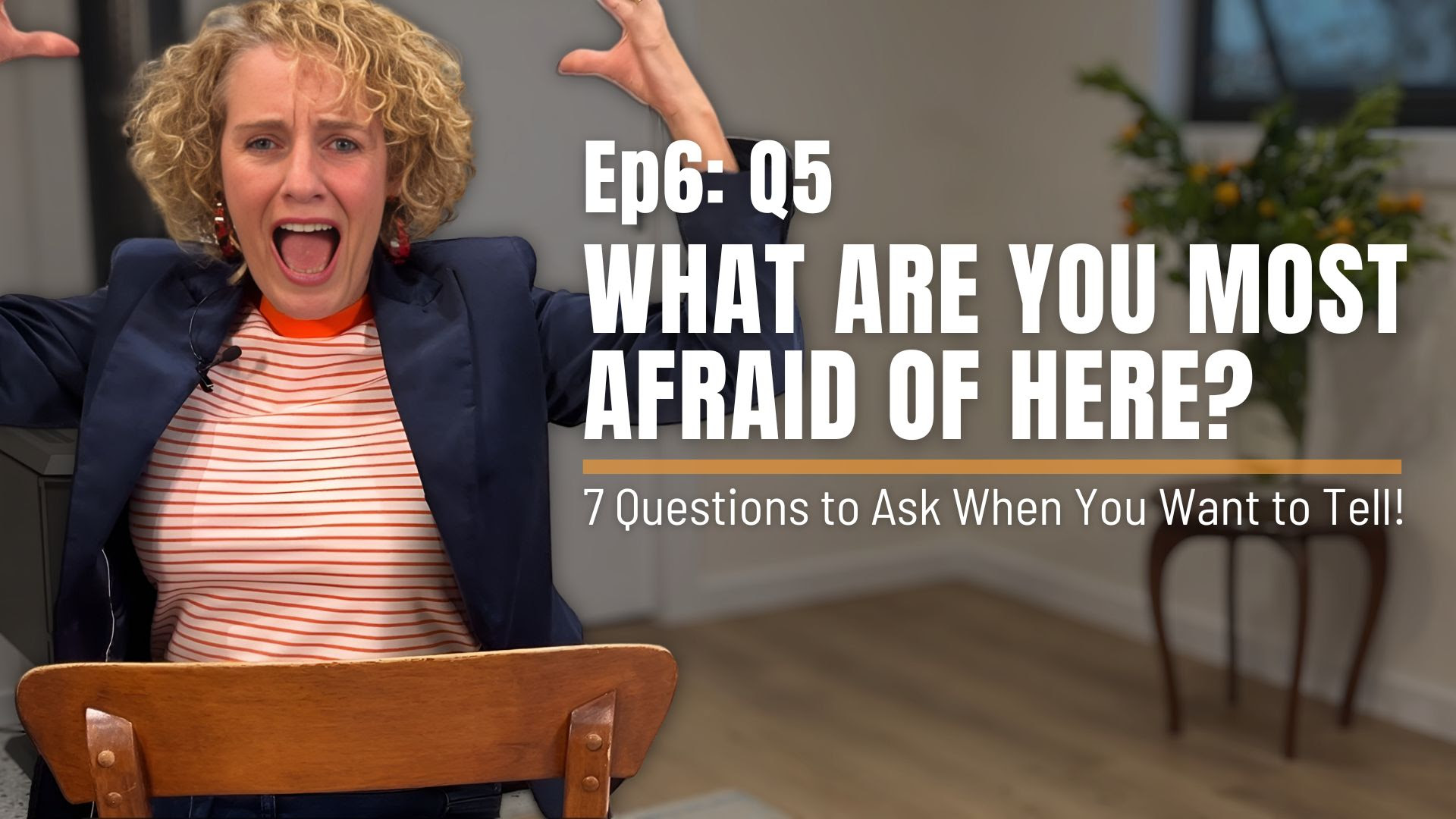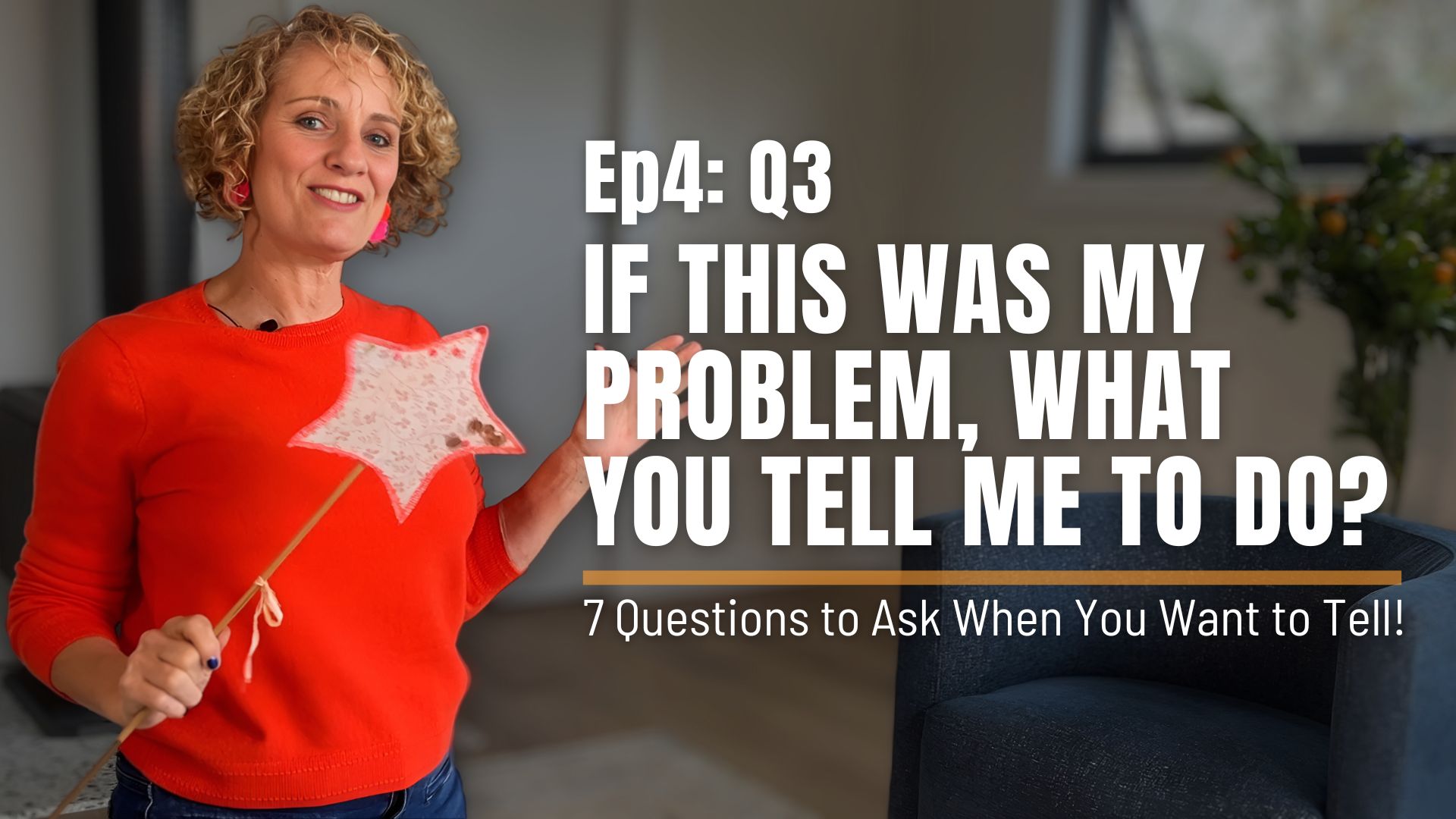
Padmini was concerned about her working relationship with Scott. He had let her down on a number of occasions, and she felt she could no longer trust him. As she told me the story, her focus was on what Scott had and had not done, what his behaviour signaled about him and his view of her, and his impact on the team. All… about…. Scott….
Padmini is no different to most people. We tend to think about how well we trust (or don’t trust) others.
There’s a flip side!
While you are assessing your colleagues, the reverse is also happening. They are assessing you and making decisions on their ability to trust you.
Charles Feltmen’s model of trust* describes four key elements that contribute to trust:
- Care: That you consider both your interests and those of others.
- Sincerity: That you are honest, say what you mean and mean what you say, and your behaviours align with your words. That your opinions are valid, useful and backed by sound thinking.
- Reliability: That you honour the commitments and promises you make.
- Competence: That you have the ability (capacity, authority, skills, resources) to do what you commit to.

Consider your own performance on the four domains of trust.
Thinking about a problematic relationship you have, how would the other person (or people) rate you on: care, sincerity, reliability and competence? How would you rate yourself?
Which domain of trust is typically stronger for you? Where could you focus greater attention to build more trusting relationships?
Caution – Might you be biased?
It is important to point out here that our perception of our own trustworthiness may be biased. In The Trusted Advisor**, the authors describe an executive education program in which they asked, ‘Who operates at a higher level of trustworthiness, you or your colleagues?’ It may not surprise you to know that the answer is almost always ‘me’. Of 800 participants, 15% rated their colleagues at the lowest level of trustworthiness, yet only one of the 800 rated themselves as being at that bottom level.
Take Action
Think about a situation in the past fortnight where trust may have been lower than ideal. What was your contribution? What could you do today to repair and/or enhance the trust in this relationship? What will you do?
Go Fearlessly – Corrinne
PS Learn more about trust within senior leadership teams in my White Paper ‘The Power of Trust in Fearless Leadership’. Get your complimentary download https://corrinnearmour.com/free-resources/.
STAY IN THE LOOP





